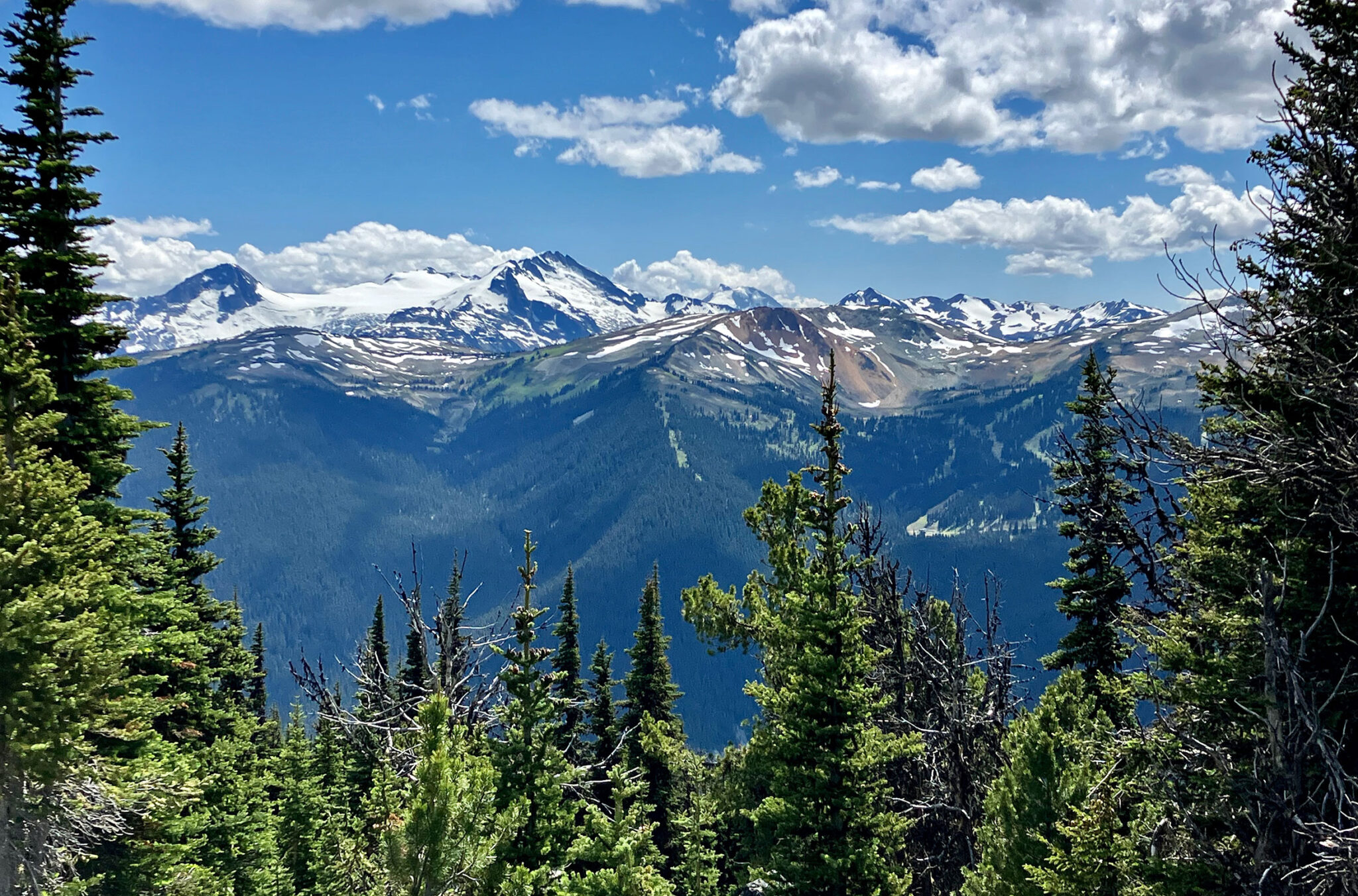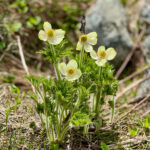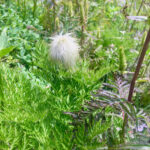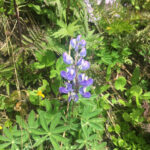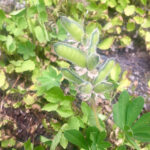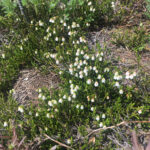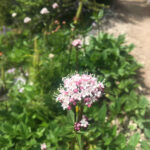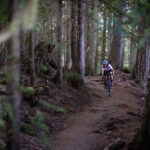There’s something about being in the mountains that can change your perspective. It’s humbling to be faced with a skyline of endless rocky peaks, in a habitat indifferent to your survival. But for some people, those same mountain environs make them feel invisible.
In an Olympic town where athletic success has been elevated to a way of life, most of the people I see out on the trails are fit, slim and able-bodied. But let’s face it, not all bodies were created equal.
I was hiking on Blackcomb Mountain recently, and in the first 200 metres, I came across a man who was sitting on a rock, in the middle of the trail, trying to catch his breath. I wanted to meet his eyes, to communicate that he was not alone, that I too was struggling with the steep uphill section. Just then, a trail runner came running up behind me. The man resting on the rock attempted to make himself as small as possible. He lowered his gaze to his sneakers and tried to take up less space.
As someone with invisible health challenges, I know how it feels to be doing it wrong. To be huffing and puffing as others pass me, not only walking faster but holding a full conversation at the same time. For me, catching a lift up the mountain is the only way I can experience high alpine hiking. If I had to hike from the bottom, I simply wouldn’t make it to the top.
Over many seasons in Whistler, I’ve become used to being the slowest visible person on the trail, and it’s allowed me the time to really appreciate where I am.
Hiking Options on Whistler Blackcomb
The nice thing about starting at the top of Blackcomb is there are options. Some days when I get off the gondola, I do nothing more than sit at a high viewpoint, breathe the fresh mountain air and sketch what I can see. I listen to the marmots call to each other, and watch the crows circling above. If I want to stretch my legs a little, I take one of the relatively easy scenic gravel trails, either the Alpine Loop on Blackcomb or the Spearhead Loop on Whistler. On a good day, my favourite trail to meander along is the Lakeside Loop on Blackcomb Mountain.
While the entire loop, out and back from the top of the Blackcomb Gondola requires 6.6 kilometres of hiking, I’ve learnt that every section of this trail has something unique to offer.
Built in 2018, the Blackcomb Gondola cabins carry up to ten people, and can easily fit a stroller, walker, or wheelchair. The entrance to the gondola cabin is flush with the concrete loading area, so there is no gap or step-up to contend with.
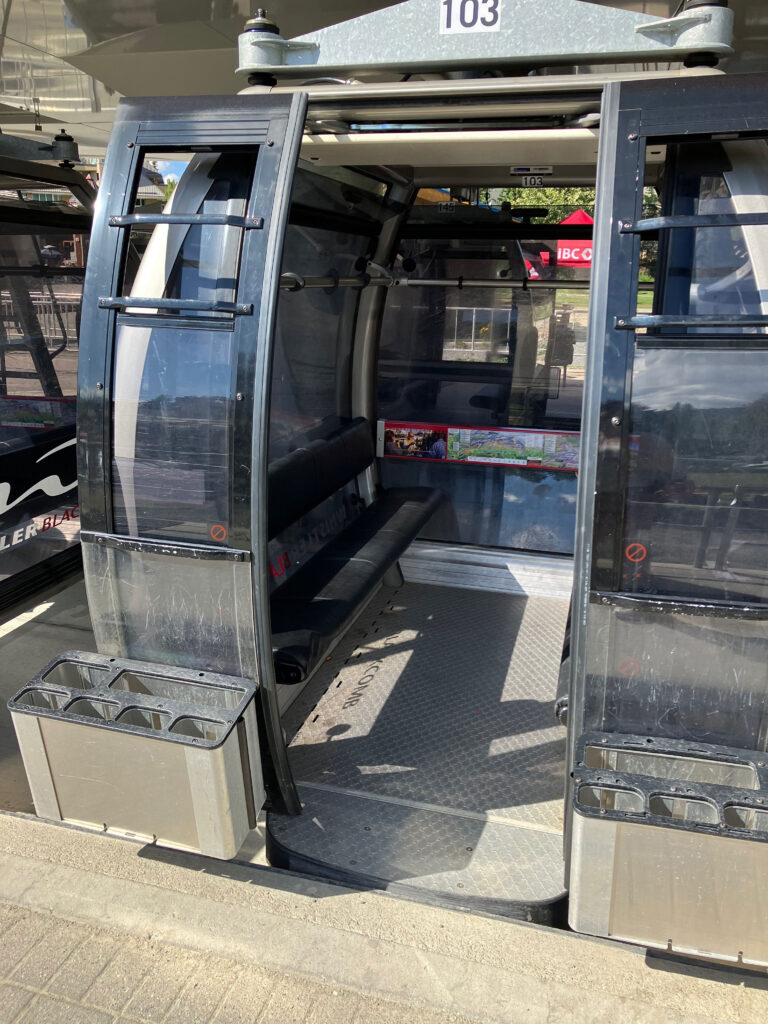
You can also ask the lift attendants for assistance when loading and they are happy to slow down or stop the lift for anyone who needs it. They will also communicate your cabin number to the attendant at the top so that the lift can be slowed down again when you disembark at the Rendezvous day lodge.
The Rendezvous Lodge, on Blackcomb Mountain, sits at 1,850 metres above sea level and has a graded gravel path with numerous wooden benches to rest on while you take in the views of the snow-capped mountains of the Pacific Range. Looking over the valley, Mount Currie is easily recognizable, as is the eye-catching turquoise water of glacier-fed Green Lake.

Always check the lift closing times before starting your hike and allow as much time as possible to complete the trail you choose. Don’t rely on the time estimates on the signs, instead keep track of how much time it takes you to complete each section of the trail and allow yourself extra time on the way back for when your body might be tired.
All of the Blackcomb alpine hikes, including the Lakeside Loop, begin at the wooden entrance arch, uphill of the PEAK 2 PEAK Gondola.
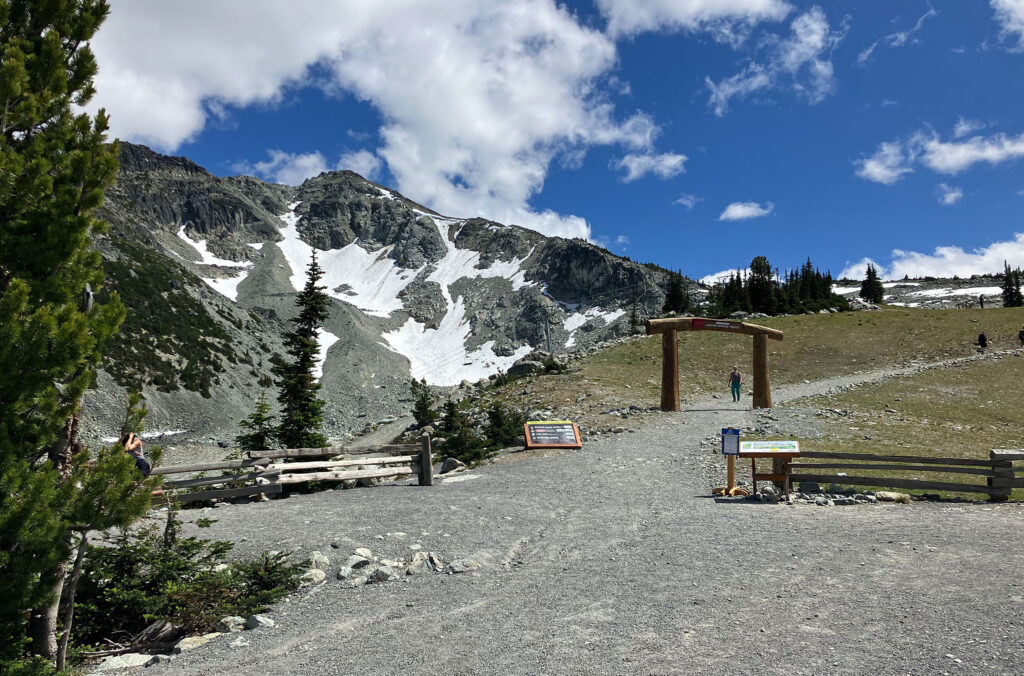
The Alpine Loop (1.4 kilometres) and Fitzsimmons Lookout (0.2 kilometres)
The Alpine Loop starts with two, steep uphill climbs on a wide gravel path. These can be lung-busters, so be sure to take your time. The rest of the loop is much flatter. If you’re lucky, you might hear, or even see one of the local hoary marmots that Whistler is named for.
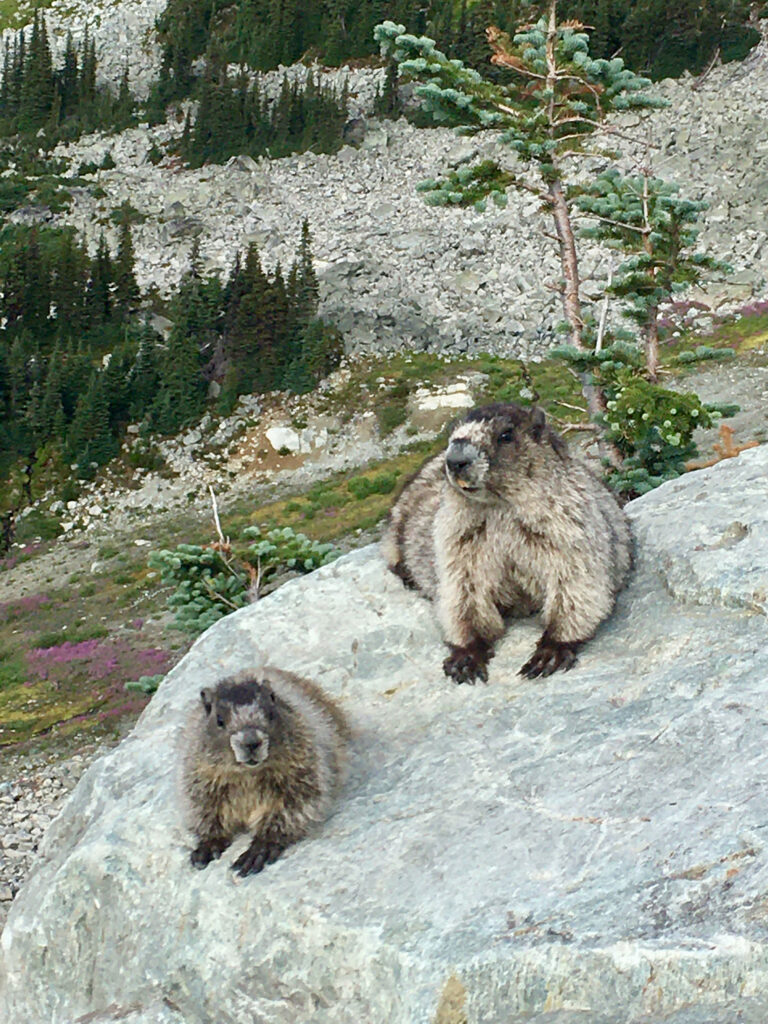
Patches of pink and white heather add colour to the trail and look like upside-down fairy teacups.

The Fitzsimmons Lookout Loop has a shaded bench and picnic area and is a great place to sit and enjoy the view or do some nature sketching and journaling. Walk past the first sunny bench to find the shade.
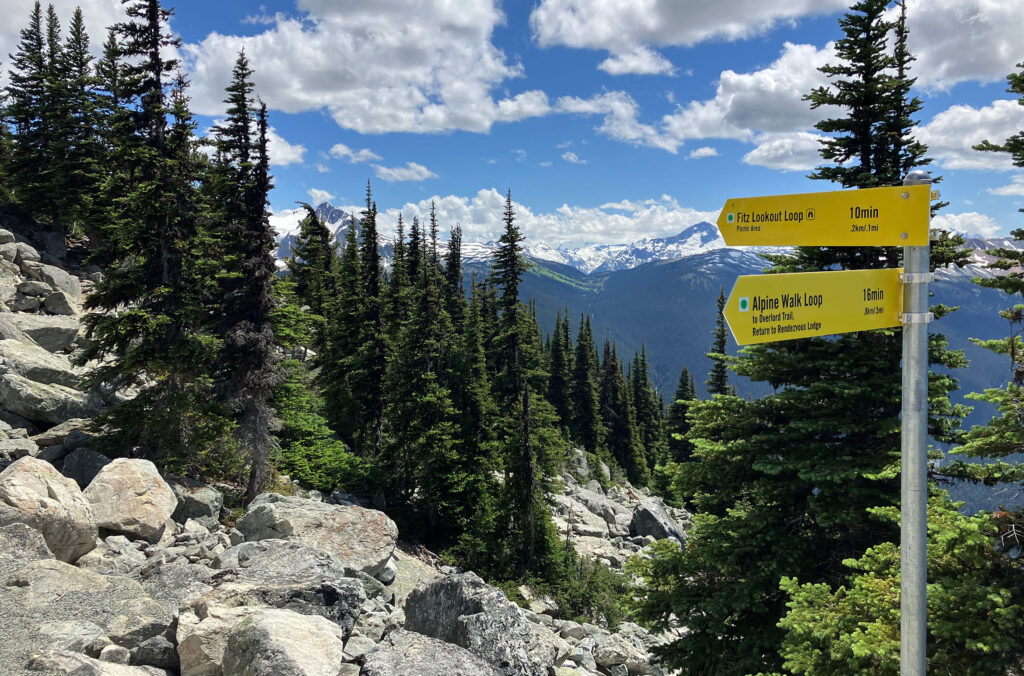
During a recent hike, I was visited by a family of Canada’s national bird, the Canada Jay, or Whiskey Jack as we like to call them in Whistler. A young bird was being taught to associate people with food, so I was very careful not to drop any pieces of my granola bar!
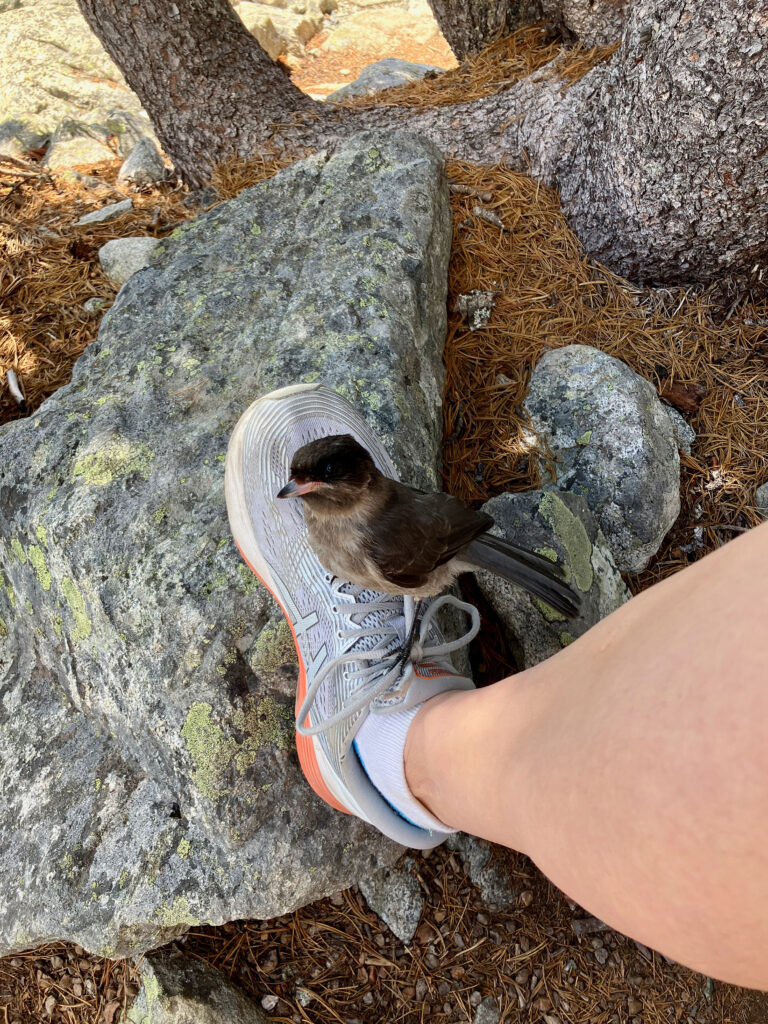
The Fitz Lookout Loop adds 200 metres in distance, requires stepping across large, flat-graded rocks and is unfortunately unsuitable for wheels.
Overlord Trail to the start of the Lakeside Loop (2-kilometre return)
The Overlord Trail takes you further into Garibaldi Provincial Park and is named for the impressive Overlord Glacier that is clearly visible along the way. It is a narrow, graded dirt trail that is not suitable for wheeled devices, and there are fewer benches and flat rocks to rest on, so consider bringing a lightweight tri-fold chair. Although shadier than the alpine trails on Whistler Mountain, the sun can really beat down, and a foldable umbrella would give you more options for resting spots.
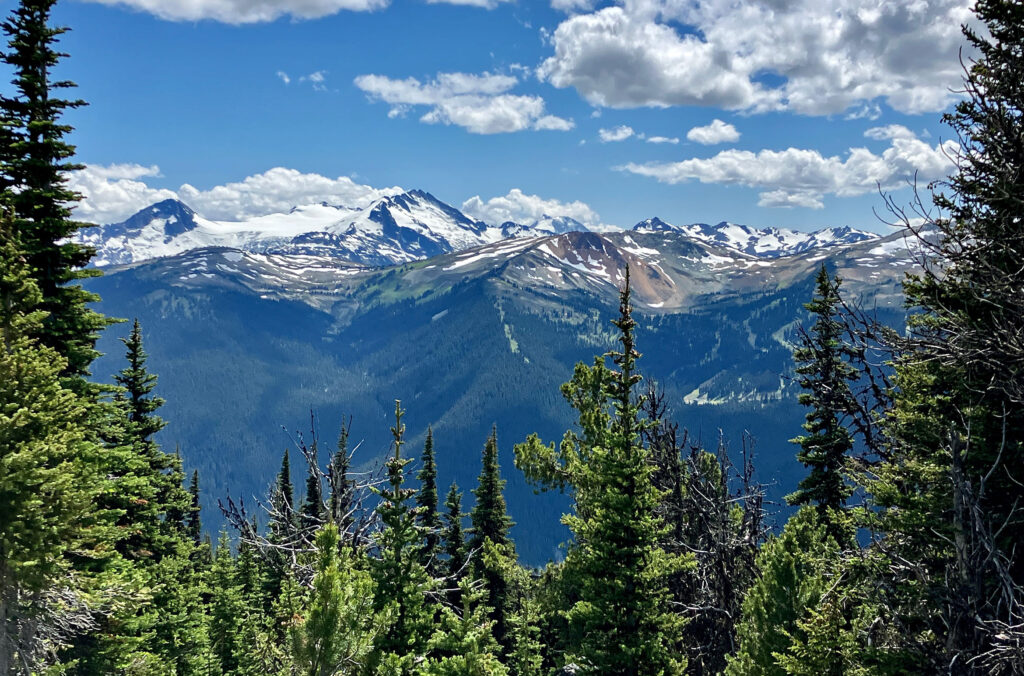
The first section of the trail passes under a large boulder field, where pikas and marmots like to hang out and soak up the sun. You’re most likely to see them warming themselves in the morning and late afternoon. The fertile volcanic soil along the trail makes for the best displays of wildflowers on the mountain.
Be aware that the Overlord Trail is an out-and-back trail unless you plan to do the spectacular, but steep and narrow, Marmot Trail. Also, most of the signposts will only give the distance and time estimations to the next trail junction, not for getting back to where you started.

Lakeside Loop – You Have Options!
One look at the trail map and you’ll notice that to complete the Lakeside Loop, you actually have to do an additional section of the Overlord Trail, making the Lakeside Loop a 2.2-kilometre trip plus 0.8 kilometres of the Overlord Trail to make it back to where you started. So it is really three kilometres of hiking to complete the whole loop.
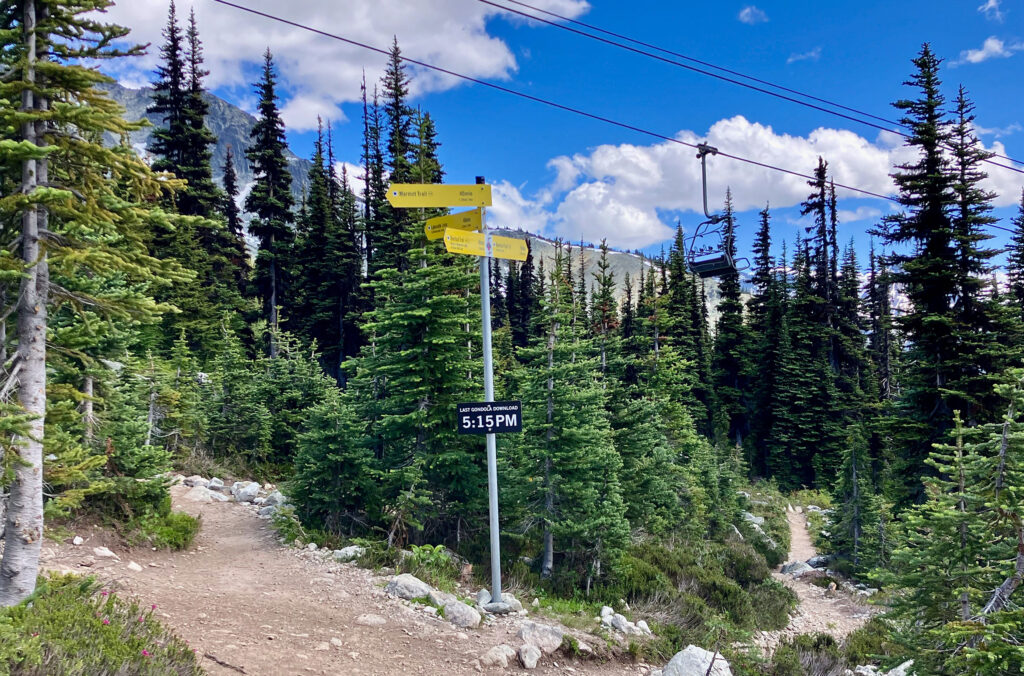
4-Way Junction of the Lakeside / Marmot / Overlord Trails to Blackcomb Lake – 1.2 kilometres
The Lakeside trail heading directly to Blackcomb Lake is narrow at times, but gently graded with no steep sections, and only a few small rock steps. As the black peak rises up in front of you, keep an eye out for bright yellow shrubby cinquefoil, lilac spreading phlox, and red ‘leaved’ spreading stonecrop.
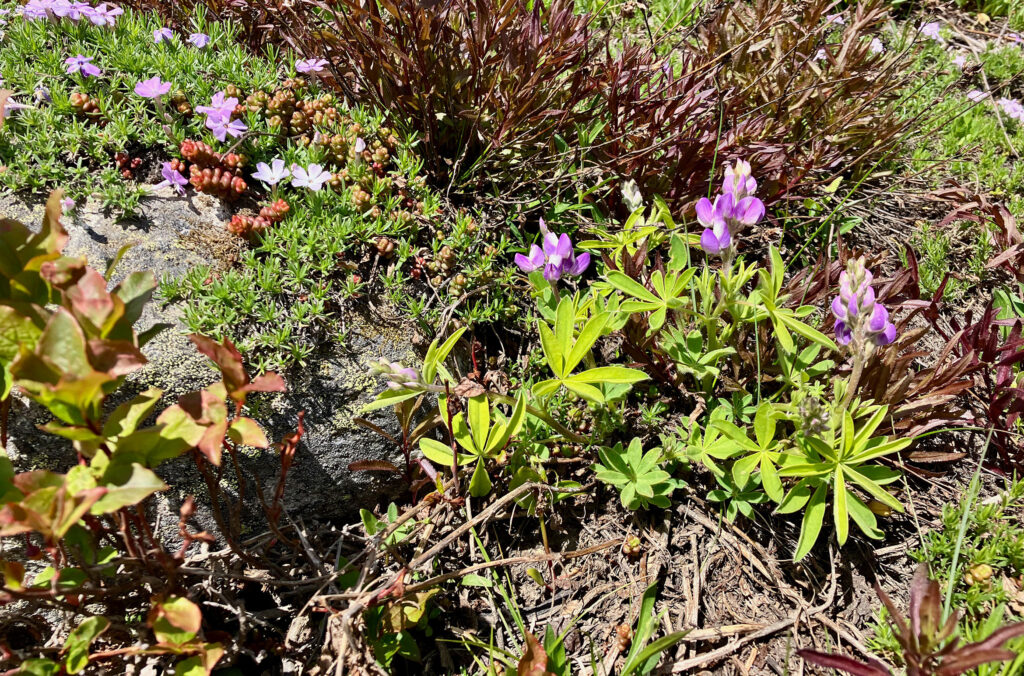

When you arrive at the lake, there are several wooden benches to rest on and enjoy the views. Take this scenic opportunity to drink some water and eat something high in energy. I like to bring a peanut butter sandwich because it doesn’t matter if it gets squashed in my backpack.
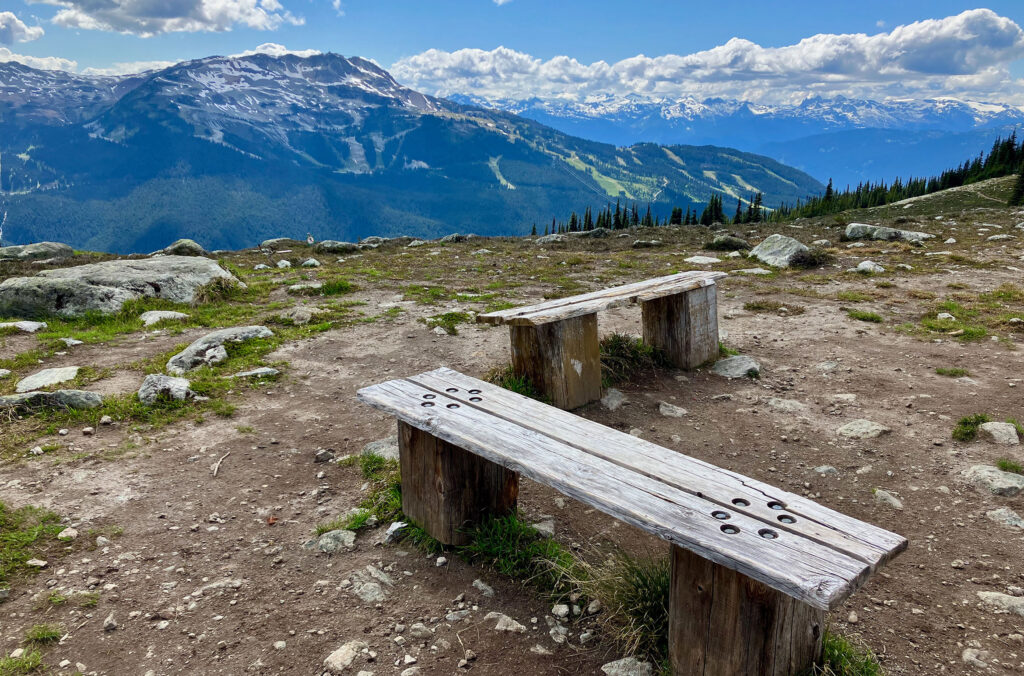
The alpine lake area is a delicate ecosystem, so try to stick to the trail as much as possible, and avoid swimming as sunscreen, bug spray and other human factors can pollute the water. The lake water is not safe to drink due to the pink algae that bloom as the snow melts.
Lakeside Loop – 1.8 kilometres back to the 4-Way Junction
The far side of the Lakeside Loop is luscious and cool, thanks to streams of icy water flowing down the mountain. It is a more difficult trail, with loose rocks, bigger steps down, and four or five stream crossings. The stream crossings are a sequence of mostly stable rocks but would be tricky for anyone who has trouble with their balance.
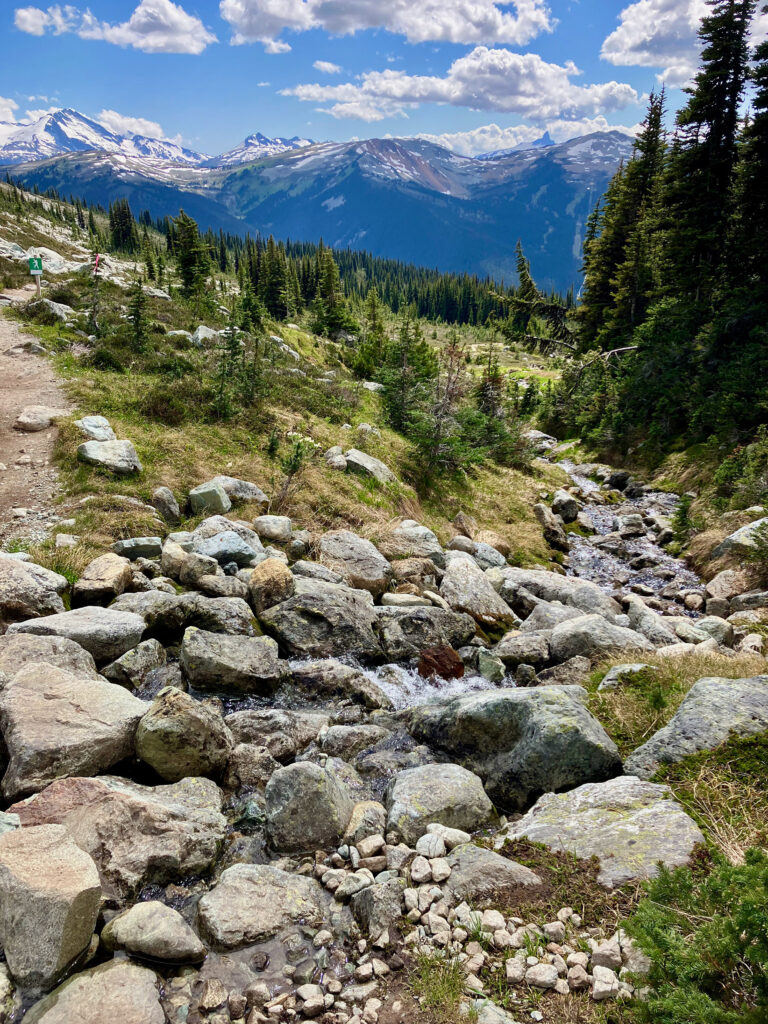
Once back on the Overlord Trail, you’ll pass through an open marshy area with frequent wooden benches, before being challenged with steep inclines and rock steps leading back to the four-way junction where you started the Lakeside Loop.
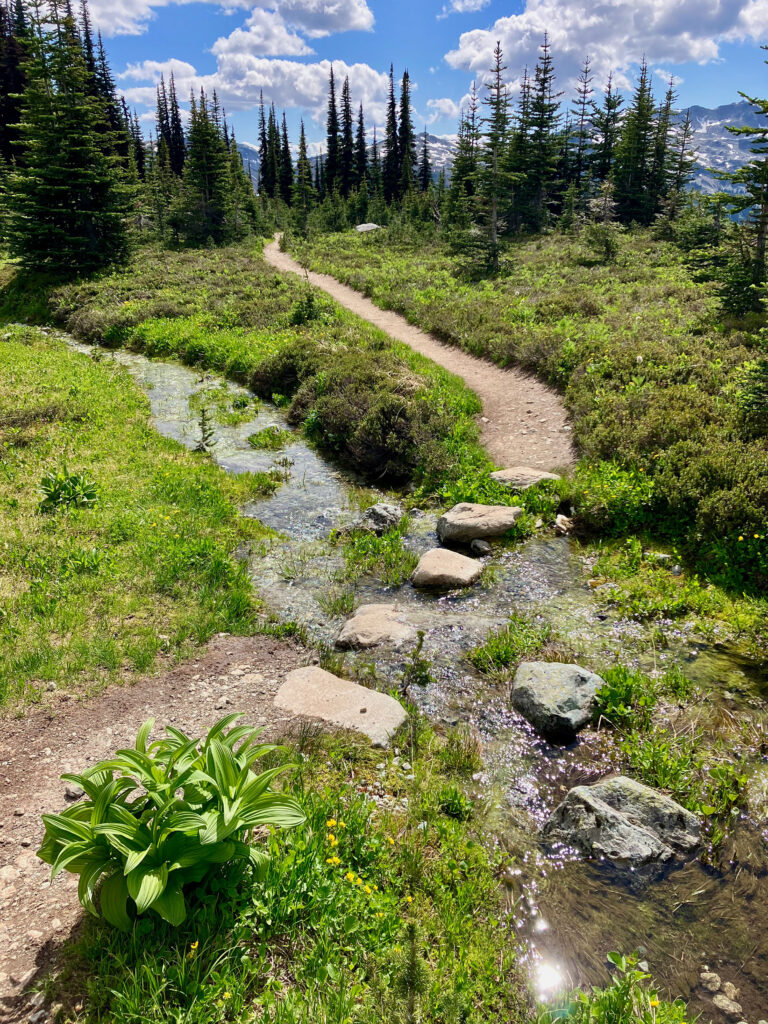
Then it’s time to switch into low gear and tackle Wildflower Hill in reverse. You’ll naturally want to stop many times so that you don’t miss out on any of wildflower’s colourful combinations!
I like to focus on the changes in the flowers. Have the cream-coloured western anemones turned into fluffy Seussian seedpod heads? Are the purple lupines still flowering? Or have they started to form pea pods? Are the flowers in the shaded areas different to those in the sun?
Sketching in the Apline
Some of the flower names I remember, and some I look forward to identifying when I get home. Sketching flowers is a great way to observe them in more detail.
I always make sure to include the leaves, and the leaf-like petals underneath the coloured petals (called sepals), as these make identification easier. By incorporating sketching into my hiking I naturally want to slow down and take more breaks, and I feel more connected to the mountain landscape.
Shifting Perspectives
Life moves slowly in the alpine, the trees need to make sure they have good footing and enough resources before they continue upwards, some choose to grow horizontally along the flat ground instead.
There’s no right or wrong way to hike. It doesn’t matter if you move slowly, if you miss a lookout or two, or even if you stop before the end.
I’m sure that trail runner covered more ground than I did. But I bet he didn’t see what I saw.

Useful Flower IDs
Sickletop Lousewort (Pedicularis racemosa)
Spreading Phlox (Phlox diffusa)
Common Red Paintbrush (Castilleja miniata)
Shrubby Cinquefoil (Dasiphora fruticosa)
Fireweed (Chamaenerion angustifolium)
Mountain Fireweed / Mountain Beauty (Chamaenerion latifolium)
Blue Beardtongue (Penstemon albertinus)
Arctic Lupine (Lupinus arcticus)
Nootka Lupine (Lupinus nootkatensis)
Spreading Stonecrop (Sedum divergens)
Save up to 20% on lodging with Whistler.com this summer. Stay & Golf from $289 CAD per person, per night or Stay & Bike from $179 CAD per person, per night. Sign up to be a Rewards Member (for BC and WA residents only) and receive a FREE $50 CAD activity voucher on stays of 3+ nights.
You can also win a summer trip to Whistler with the Escape the Ordinary contest!
